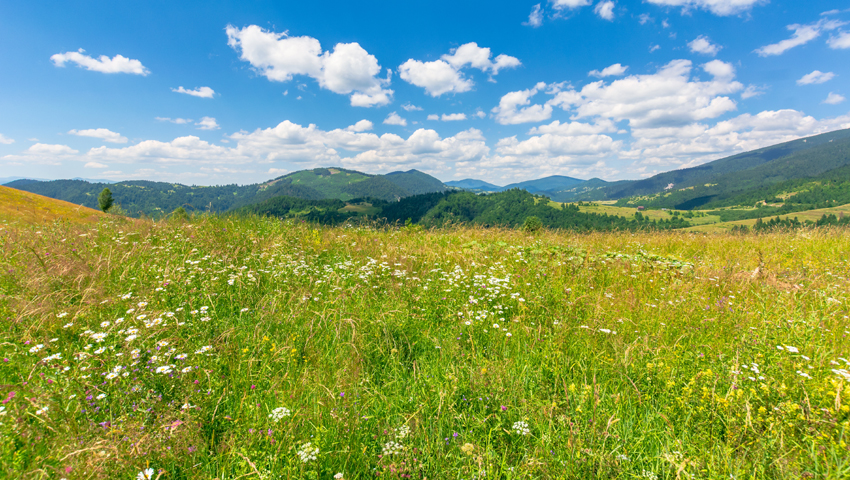Conservation NGO, Plantlife, has welcomed the agri-environment measures recently announced by the government, including funding for farmers managing species-rich grasslands in Countryside Stewardship.
Farmers who had previously been offered £182 per hectare can now expect £646/ha for the same land.
A Plantlife spokesperson said, “While this is an overall win for species-rich grassland, the Sustainable Farming Incentive payment rates are still too low. The low SFI payment rates risk more loss and destruction of irreplaceable meadows, as farmers can be rewarded more for ploughing and fertilising species-rich grassland, than maintaining them. Instead, farmers need to be offered better incentives to do the right thing for grasslands and wildlife.”
They say that alongside money, these schemes also need to provide accessible, high-quality and free (or affordable) advice.
Plantlife said, “There is still so much more that must be done to retore and protect grasslands across the country. That’s why we will continue, alongside our partners, to call on the government to commit to develop a Grassland Action Plan for England.”
Plantlife has set out the follow recommendations for next steps:
Managing species-rich grassland in Countryside Stewardship
- We welcome the increase in rates per hectare from £182 to £646
- It rewards farmers who have taken the plunge and committed land to the higher-level agri-environment schemes
But this change is only likely to bring a modest area of land into appropriate management because only grassland on the Priority Habitats Inventory (PHI) will be eligible, and the PHI is far from complete - Additional resources are needed to expedite the assessment and listing of good quality grasslands, without significant extra work or delay for farmers
- Farmers in mid-tier Country Stewardship might also be cautious about taking up these options without better access to advisory and support services
Restoration or creation of species-rich grasslands in Countryside Stewardship
- These options pay at the same rate as management options (£646/ha) – and again are welcomed
- These rates should generate interest, but many farmers will also want to know whether they will have access to sufficient advisory support
- These options are also only available in Higher Tier Countryside Stewardship, which could significantly limit uptake as there is no intermediate option available
Species-rich floodplain meadows in Countryside Stewardship
- We welcome new options at £1,070/ha for managing and connecting floodplain meadows
- The change to payment rates reflects the immense multifunctional benefits of these habitats and the complexity of their management
- Floodplain meadows are at the cutting edge of nature-based solutions to the climate-fuelled challenges of managing soils, water and carbon, as well as restoring nature
No change to Sustainable Farming Incentive grassland management rates
- The increases to CS rates highlight the gap compared to SFI incentives for grassland, which remain at a low level in SFI
- It is yet to be seen whether higher CS rates will encourage farmers to accelerate towards applying to enter CS. The risk remains that the higher payment rates for other SFI options, (such as £382/ha for herbal leys, compared to £151/ha for managing grassland with very low inputs), incentivise farmers to plough up/plant permanent grassland to enter into other SFI options, resulting in further loss of grassland habitat
- We have previously highlighted the need for better safeguards around the entry of land into SFI herbal ley options, which attract higher payments than low-input grassland management. This is because there isn’t a mechanism to differentiate between the eligible improved grassland, and grassland that has been semi-improved but still has some restoration potential
- The risks remain that semi-improved grassland with restoration potential is entered into herbal leys, or that species-rich grassland is fertilised or ploughed in order to ensure its eligibility
Advice and support are needed
- These changes demonstrate how vital it is that, alongside money, these ELM schemes also provide advice and support for farmers
- This should be available for all farmers, whether taking their first steps into grassland restoration or tackling ever-bigger restoration projects
- The UK government announcement refers to advisory services, but without detail
